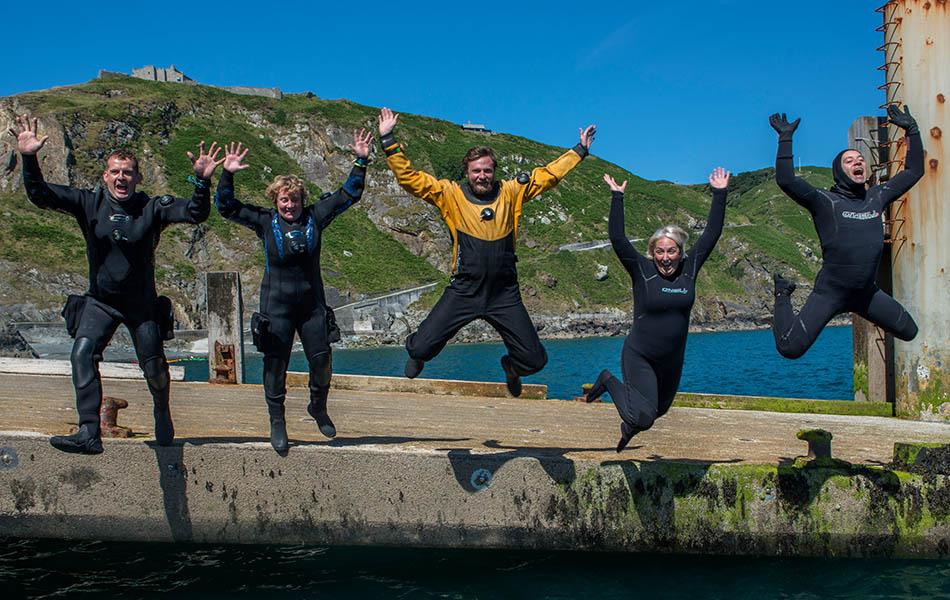Work through BSAC's pre-start checklist to ensure your club RIB is ship-shape and ready to get your divers and snorkellers out on to the water.
BSAC club RHIB preparation - pre-start checks
- Clamps or bolts
Are the engines secure – vibration, either from an engine running or whilst in transit can loosen engine mounting fastenings. These should all be checked for security. - Fuel
Make sure your fuel is fresh and uncontaminated, and that you have enough for your intended trip, plus a generous reserve. Do not overfill. - Oil
Some two-stroke outboards need oil mixed with their fuel. Make sure you use a marine two-stroke oil (labelled TCW3) and that you mix it in the right ratio. Other two-strokes have a separate oil reservoir. They also require a proper marine two-stroke oil. Four-stroke outboards have an internal sump like a car engine. Check the level with the dip stick, and top up if necessary with engine oil (not two-stroke oil). - Steering
Turn the steering wheel from lock to lock, making sure it is free to move. - Controls
Check throttle/gear control from ahead to astern to make sure that the controls operate correctly. (When back at base ensure all steering cables, hydraulic shafts and hinges are greased. On the larger engines and hydraulics there should be greasing nipple points. Ensure you carry a grease gun in your spares). - Fuel line
Connect the fuel line to the tank and to the engine. Make sure it is in good condition and free of kinks. If fuel line is directly connected from the tank to engine, check for wear and condition. - Fuel filter
If it is fitted with a water separator/filter, inspect the filter bowl for dirt or water and drain it off if necessary. it is a good idea to write a replacement date on the removable filters with a permanent marker and always carry a spare for your engine type. - Fuel tap and tank vent
If it is fitted with a fuel tap ensure the tap is in line and open. Open the tank vent - this is the most common reason why boats leave the harbour and their engines stop due to lack of fuel. - Battery switch
If your engine is connected to the boat’s electrical system, make sure all the necessary switches and circuit breakers are switched on. (Back at base (boat storage facility) make sure battery is in good condition, is holding its charge and is charged ready to go. Also it is securely fitted) - Prime oil and fuel bulbs
Check the bulbs for any sign of wear, cracking or rubber perishing. Also look at their connection to their piping. If the boat is fitted with a primer bulb, squeeze the bulb until it is firm. - Kill cord
If your engine has a kill cord, connect it to the kill switch and clip the other end to your leg or lifejacket. Test it to see that it works. Also carry a spare kill cord, keys and a cork buoy attached so if knocked overboard they float.
After Starting your boat, complete the following checks:
- Cooling system
Immediately check that there is a good flow of water from the cooling water* tell-tale. If not, check that the tell-tale hole isn’t clogged. - Warm up
Allow the engine to warm up so that it will tick over smoothly before setting off. *Many smaller outboards are not cooled by circulating water, but by air, so this point does not apply to them.
Develop your skills on the water and in boats by taking a BSAC Seamanship Skill Development Course (SDC)
Find an SDC that's right for you - view all Seamanship Skill Development Courses.




